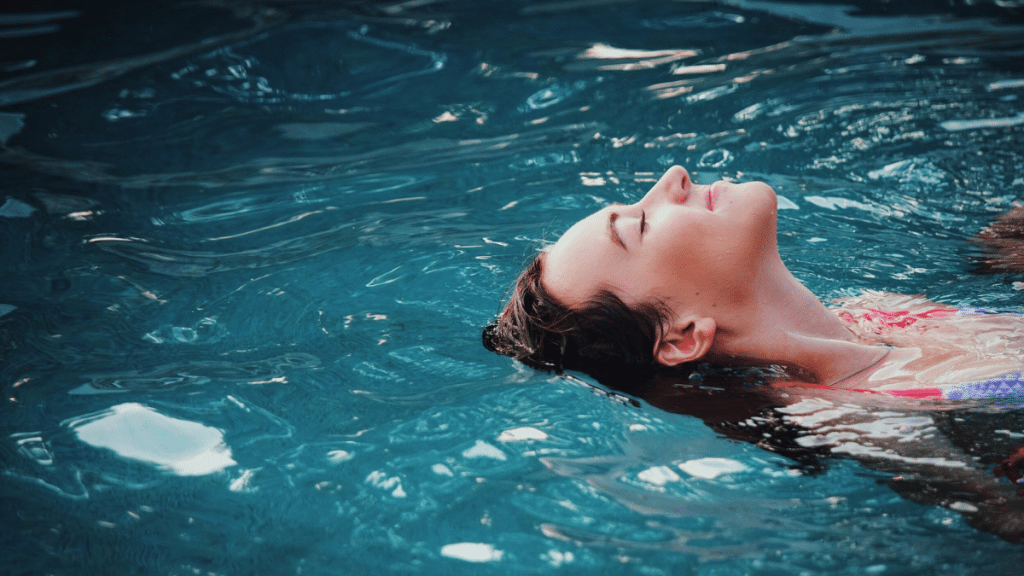Your pool is not just a relaxing place to spend a languid afternoon – it’s an in-water community center that must be a health fortress, a cleanliness fortress, and a security fortress. Your pool wellness is less splashy water and more shielding the bathers from lethal bacteria, algae, and chemical imbalance. A healthy pool is as nice as untroubled afternoons after every splashdown. This is the why and the how you can assist in creating yours.
The Pillars of Pool Health
A physically healthy pool has a holy trinity of physical cleanliness, chemical equilibrium, and mechanical operation. Imagining it as a triangle: water chemistry, circulation, and sanitation. All that are needed to check to avoid dirt and equipment wear.
Water Chemistry: The most important element of pool health. Equilibrium chemicals enable the water to be clean, safe, and pleasant.
Filtration and Circulation: Your filter and pool pump trap dirt and give chemicals room to do their job effectively.
Sanitization: Chlorine, bromine, or saltwater systems kill germs and sanitize water.
Keeping Water Chemistry Perfect
Healthy swimming pools are in balance. Watch out for and maintain the following on a regular basis:
pH Level: 7.2–7.8. Steady pH minimizes eye irritation and enables sanitizers to work effectively.
Chlorine: Keep between 1.0 and 3.0 ppm. Sanitizes the water and kills bacteria.
Alkalinity: 80–120 ppm to buffer pH and eliminate swings.
Calcium Hardness: Optimum range 200–400 ppm. Low causes equipment corrosion; high builds scale.
Cyanuric Acid (Stabilizer): Reverses chlorine sunlight degradation. Keep at 30–50 ppm.
Test strips or test kits every 2–3 weeks and following heavy pool use or a heavy downpour.
Sanitizing Systems Which Are Underpinning Pool Health
Your favorite sanitizer plays the biggest role in long-term water health. Some most widely used ones are:
Chlorine: Very good but inexpensive and always needing checks.
Bromine: Harsh smelling, irritating but less so and less disintegrating at high temperatures—most suitable for hot tubs or spas.
Saltwater Systems: Produce chlorine naturally by electrolysis. Hurtless on eyes and skin.
UV and Ozone Systems: Turnaround sanitizers that lower the amount of chlorine used.
Maintain mix of systems at optimal effect with lowest chemical input.
Why Circulation and Filtration Are Crucial
Best water chemistry is worthless without circulation. Stationary water is a microbe and alga factory.
Run Time: Pump run 8–12 hours/day in active months.
Filter Type: Regular replacement or cleaning, regular, for sand, cartridge, and DE filters.
Jet Positioning: Locate return jets so return water displaces entire pool.
Skimmer and Pump Basket Cleaning: Drain weekly to prevent clogging and flow restriction.
Strong circulation system allows for even chemical distribution and minimizes chance for unhealthy water.
Preventing Algae and Bacterial Growth
Algae is an indication that your pool health is declining. Stop it with proper maintenance:
Brush and Vacuum Weekly: Keeps buildup and biofilm under control.
Shock the Pool: Shock with chlorine every 1–2 weeks or following intense use.
Keep Chlorine Levels: Particularly on warm days when bacteria double very quickly.
Add Algaecide: Preventative or to avoid early development.
Clean or replace cartridge every 1–2 weeks.
Trim Bushes and Pool Water Plants too to remove organic material from the water.
Pool Health Problems and How to Fix Them
Cloudy Water: Due to poor filtration, too high pH, or insufficient amount of sanitizer. Shock pool and backwash filter.
Eye or Skin Burn: More likely to be caused by unbalanced pH, but not excess chlorine. Equalize water.
Residual Chlorine Odor: Indication of chloramines—insufficient free chlorine. Shock treatment.
Foamy Water: Most unlikely due to foreign trash from soap or lotion. Clean surface and restart chemicals.
Check water weekly and after parties or storms to catch problems early.
Good Swimmer Hygiene that Saves the Pool Health
- Shower prior to swimming into pool in an effort to reduce contaminants.
- Do not swim when ill, particularly stomach illness.
- Do not permit keeping animals inside pool unless it is pet-friendly.
- Proper diapering of infants.
- Encouraging good swimmer hygiene is equally important as having a healthy pool.
Maintaining Pool Healthy throughout the Year
Summer: Check chemicals more often and pump more.
Fall: Skim regularly since leaves add to debris and water down the sanitizer.
Winter: Winterize correctly—balance chemicals, cut back on water, and cover.
Spring: Clean the pool thoroughly before opening and shock the water.
Regular maintenance every season is equal to less hassle and a longer pool.
Swimming Pool health is not one thing—it’s a system. With balanced chemistry, good circulation, clean surfaces, and intelligent swimmer habits, your pool can be a safe, sparkling haven all year.
